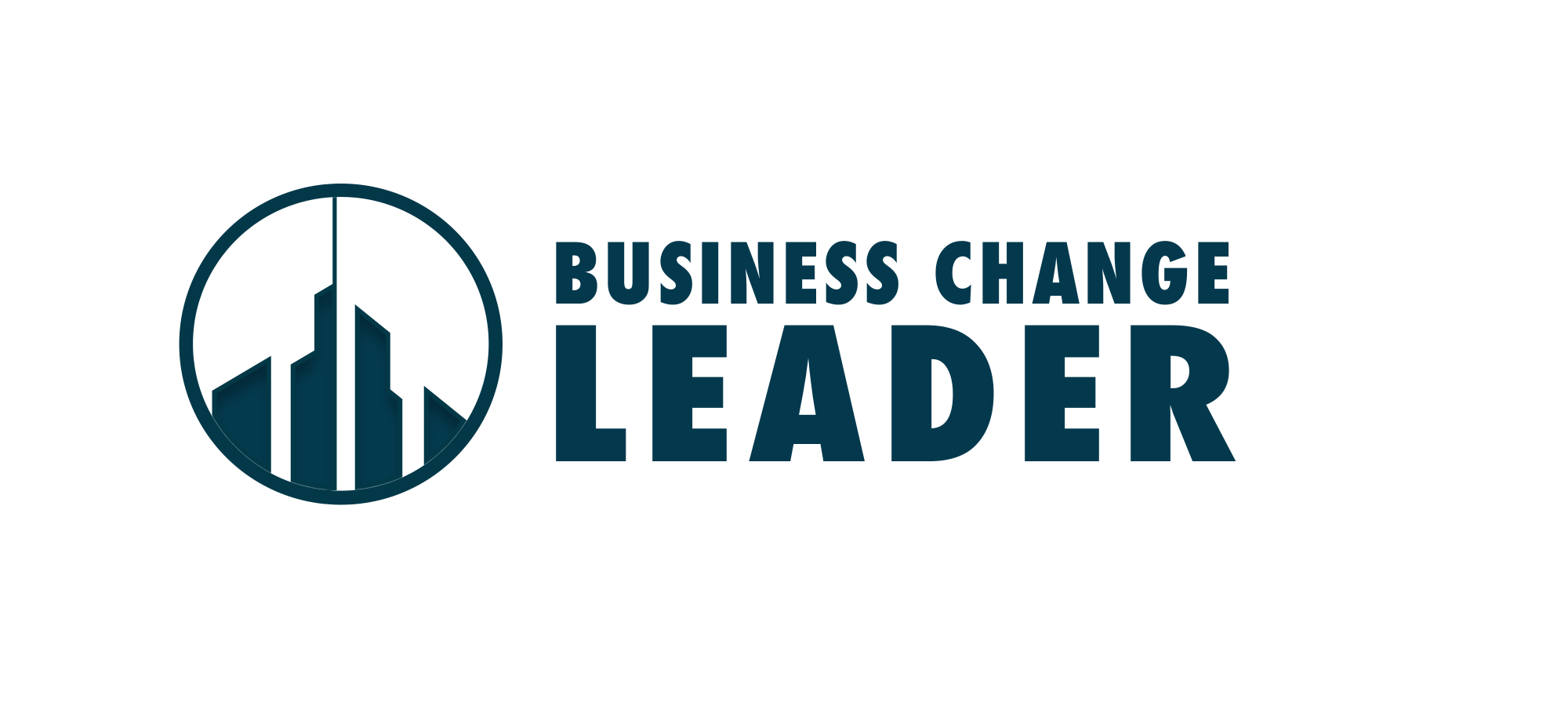What Are Your Best Business “Canaries”? And, How to Avoid Organizational Denial.
What Are Your Best Business Transformation “Canaries”? And, How Can You Avoid Organizational Denial?
As recently as the 1980s, coal miners still brought caged canaries down into the mine tunnels with them. If dangerous gases such as carbon monoxide collected in the mine, the gases would kill the canary before killing the miners, thus providing a warning to exit the tunnels with life-or-death urgency.
If you are facing a transformational situation in your business, there are customer, marketing, financial, and/or employee metrics that might serve as your “canary in the coal mine.” These metrics serve Business Change Leaders as early data points to indicate “lethal dangers” for your business. This post will show you some of the warning signs you can heed so that they don’t become full-blown and very damaging “explosions.”
If you read our last blog post, A Company in Transformational Flames: The Parable of the Burning Building, you will be aware that although things may have a life-or-death urgency during a business transformation, not everyone recognizes this urgency. In fact, some people in most organizations aren’t even aware that the “building is burning.” Thus, the need for a new kind of warning sign.
Four Business Change Leader Canaries
In any business, there are at least four types of Canaries—four business sensors that can provide the early warning detection that you need to raise awareness and/or make course corrections.
They are:
The Marketing Canary
The Customer Canary
The Project Canary
The Employee Canary
The Marketing Canary
The Marketing Canary lives in the market research and analytics. It is a macro level indicator. It provides broad coverage of your industry, including competitors. Metrics like “net promoter score” and “market position serve” make great macro-level canaries. Macro-level canaries provide helpful insights and a perspective that looks out to a one to three year horizon.
In transformation, micro-level marketing canaries are important as well. Focusing in on the specific transformational opportunity compels you to explore questions like: How competitive is your offer? How does your product stack up versus our top competitors product from a feature and affordability perspective? What are people saying about you on social media?
Then also ask: How well do you know your competition? Knowing your competition is just as important as knowing your customer.
The Customer Canary
The Customer Canary should be a top priority, particularly in a digital transformation. When done well, digital capability increases your knowledge of your customer. Customer Canaries provide constant real-time feedback through your call centers, surveys, and salesforce via phone calls, webchats, and salesforce engagements.
These are all micro-level canaries. Micro-level canaries are much more important in a transformational settings because they provide more real-time and actionable feedback. As such, they can have an impact on your very next business decision!
This Canary raises awareness and helps you answer these questions: Why are your customer buying your products? Why are they cancelling your products? How many sales calls does it take on average to close your customers? Is this number increasing or decreasing?
Business Change Leaders go on sales calls. They get out into the field and talk to customers. They listen to calls in the call center in order to hear what's happening. They won't just listen to the happy customers. They want to listen to the most frustrated customers first. The complaints are where the “heat” is, and provide insight into the “fire”.
These are the cues Business Change Leaders listen to. They are not the things you already know, but those that give you a deeper Insight. We always recommend executives involved in transformation get out on sales calls and listen in on customer contact via their call center. This kind of direct customer feedback is an undeniable Customer Canary that should be used to accelerate crucial adjustments that are part of a business’ transformational process.
The Project Canary
The Project Canary provides unique insight into transformational progress. Many of the traditional metrics like status or health, budget vs actual financials, and burn-down charts are well understood and leveraged by PMOs of all kinds. These metrics are not viewed as canaries due to their heavy “rearview mirror” orientation.
We recommend to look towards metrics like the balance or imbalance of project labor supply and demand, the pace and frequency of decision making by project sponsors, and project team morale as canaries.
Project Canaries help you decide: Do you have enough resources to deliver? Do you have the appropriately skilled resources to deliver? Is your decision making facilitating speed, including learning from mistakes and re-deciding when needed? Is the team truly enthusiastic about the project and each other?
To leverage the Project Canaries, you need to get beyond traditional PMO metrics.
To return to the Parable of the Burning Building idea from our last post, maybe the whole building isn't on fire; but there's a flash fire in one of the rooms (e.g. teams) on one of the floors (key projects), and nobody's really paying attention. They're not seeing the Canary—the warning signs are going unheeded. People may think the situation is “business as usual.”
The Employee Canary
The Employee Canary is the most important and the most interesting for Business Change Leaders. Yet, so often, it goes unattended.
Many companies are trying to listen to their employees via traditional macro-level employee engagement processes, and that feedback is a gift. But there is one micro-level Canary that is even more important: Are your best people leaving?
Your best employees choose who they work with and for. Your best employees will most likely see the canaries and the need to address them. They will develop an intelligent perspective on the probability of success, and whether or not they want to be a part of the journey. Some employees will see the Canaries and choose to leave. Those that leave do so because they don’t see anyone addressing these “life or death” issues, or they don’t believe that their contribution will make a difference. When this effect is observed with the top performers, you have a really valuable Canary, a crucial warning sign.
Employee retention is a macro-level metric that almost every company has, but there’s a more important metric in transformation. Business Change Leaders want to know: are your best people are leaving? If you start to see this happening, then you have a real Canary in a burning building, and you ought to step back and look at your transformation strategy more broadly.
Another canary that’s more subtle is the ability to differentiate performance and pay. Are you actually giving your best performers the greatest rewards?
Or are you just giving everyone the same percentage across the board, regardless of performance? How differentiated are you on that? If you're highly differentiated, then you're probably addressing this transformational Canary.
If you're not highly differentiating rewards, then it’s not a great situation, because you have a great performer who's not going to get competitively differentiated in comparison with a low performer. The best employees will figure that out first.
The Canary’s Dilema: Organizational Denial
What gets in the way of noticing the Canaries? How close to the fire do you have to be to feel the heat? In the Parable of the Burning Building, there were the people who ignored the fire and who were just interested in getting a cup of coffee. That coffee represents their comfort zone. This is what they are used to. They are locked into a routine and can’t see outside of it. There are warning signs—canaries—but they go unnoticed.
People shrug off warnings. They don’t feel the heat because they are not ready for transformation. They lack awareness of the canaries and are therefore now prepared to change.
They want to stay in that comfort zone getting that cup of coffee. They are afraid to change their routine. They’ve afraid of what will happen if they let go of the way things are.
Enter The Business Change Leader
How does a Business Change Leader listen for the canaries?
The change leader asks the questions that people are not necessarily prepared to answer—having courageous conversations handled in a sophisticated, delicate, respectful, compassionate, urgent manner.
Take the case of an “A” player who leaves the company—one of your best employees has just left the company. Do you say, “That's a shame. But it’s a great opportunity for them. I’m glad they left.”
Do you just shrug it off as if it is just another activity? Or do you engage them with questions like, “How would you describe your relationship with your manager? What are the unspoken reasons for your departure? Does our business model resonate with you or not? Why? How comfortable are you with our business direction? What are the top 3 challenges that you recommend we address?”
Being willing to ask involved questions in order to explore these kinds of warning signs is being a Business Change Leader. This is critical feedback that perhaps only this departing employee can share.
This is what we mean by “feeling the heat.” The Business Change Leader can sense the dangerous gasses and insert a Canary in the form of a question to probe the situation.
Business Change Leaders Look in the Mirror at First.
In particular, executives need to understand what they are doing to generate the current environment—be it one of listening or one of denial. They should be asking, “What can I do to improve this current environment so that we're noticing the canaries and feeling the heat?” Or, at the very least, Business Change Leaders acknowledge the situation openly and ask, “Is that really a fire? Is that a problem that is life-threatening or is it merely a harmless spark?”
If collectively, with some deep consideration, you decide it's a harmless spark: No problem.
On the other hand, if you do that same healthy process and you realize, “Hey, wait a minute! This is a blazing fire on the ground floor of the company.” Now, you have to rally the people around the problem and find a way to do something about.
That’s what Business Change Leaders do.
What marketing, customer, project, and/or employee canaries do you see in your transformational environment? What are you doing today to uncover them, explore the lessons they have to offer, and make the necessary course corrections?
We look forward to hearing from you.




